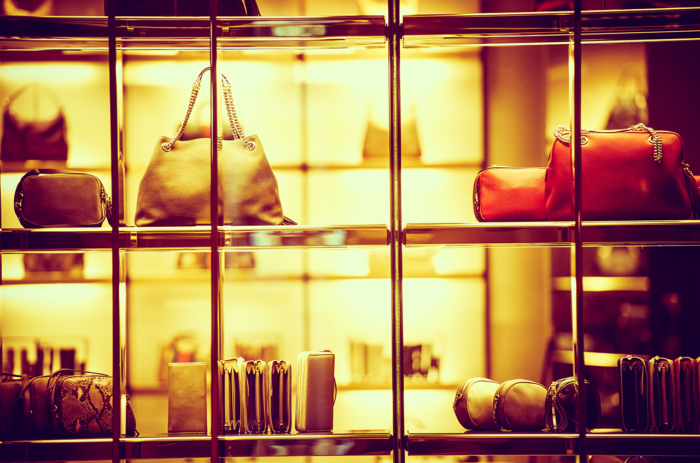By Warren Koshofer and Prachi Ajmera
The world’s top 100 luxury goods companies experienced substantial growth in 2023, recording a 13.5 percent year-over-year increase in composite sales, reinforcing their prominence and profitability. This coincides with an industry-wide push to promote environmentally responsible practices within the fashion space, according to the Global Powers of Luxury Goods 2023 report published by Deloitte this past January—a report that underscores the growing integration of digital technology and artificial intelligence as catalysts for sustainability.
Indeed, major luxury brands are actively embracing the circular economy and prioritizing sustainability in their core strategies and Environmental, Social, and Governance (ESG) criteria. Notably, Prada recently joined the Sustainable Markets Initiative’s Fashion Task Force, alongside other industry giants like Burberry, Brunello Cucinelli, and Giorgio Armani. This coalition is dedicated to advancing sustainability initiatives in fashion, including the development of the Digital Product Passport, which provides consumers with transparency regarding a product's origin, sustainability credentials, ownership history, and recycling information.
To their credit, luxury companies are diligently monitoring their sustainability commitments and objectives such as net-zero targets and supply chain traceability are being increasingly driven by consumer awareness of ESG matters. This heightened sensitivity is influencing product offerings, prompting luxury brands to explore environmentally friendly materials and adopt sustainable practices throughout the product lifecycle, epitomizing the concept of "sustainable by design."
Government regulations and reporting requirements are also shaping the sector's transition to environmental responsibility. The proposed New York Fashion Sustainability and Social Accountability Act, for instance, would mandate companies with annual revenues exceeding $100 million disclose global supply chain maps and chemical management details, with non-compliance subject to penalties.
Challenges Persist
The fashion industry has long been criticized for the environmental impact of its production processes and consumption practices—and skeptics remain. The rise of "instant fashion," characterized by “mobile commerce, AI, live shopping and real time, real-cheap product creation,” as dubbed by Harvard Business Review, poses environmental risks due to increased carbon emissions and water contamination. Exhibit A: Shein, the instant-fashion leader and a company that thrives on an impulsive consumer base and a data driven supply chain model that strives (and succeeds) at meeting the demands of its consumers by offering products at rock bottom prices and nearly instantaneous production. While surveys indicate that consumers seek more environmentally conscious products and fashion companies desire to meet these demands through sustainability and related efforts, there has been little progress toward those ends, as suggested in a recent Harvard Business Review article. So too, there is undeniable profitability in the Shein “fast fashion” model. Case in point, Shein doubled its profit last year to more than $2 billion and awaits approval from U.S. and Chinese regulators as it prepares for what is expected to be the biggest IPO of the year.
Nevertheless, luxury brands are adapting to evolving consumer preferences by exploring avenues like the second-hand market to extend product lifecycles and appeal to environmentally conscious consumers. These companies are discovering how the preowned category can help extend the lifetime of products and increase the relevance of their brands among younger, more environmentally conscious consumers. To be sure, investments in digitalization and innovative business models, such as resale and rental, underscore the industry's commitment to sustainability and resource efficiency.
These transformations align with broader shifts in the luxury market, including younger generations driving consumption and online platforms emerging as primary channels for high-end purchases. Moreover, efforts to appeal to environmentally conscious consumers are evident in the luxury industry's focus on developing sustainable biomaterials and refining sustainable practices across the value chain.
Conclusion
The likes of Shein notwithstanding, the shift in the fashion space towards sustainable practices, transparency and circular economy principles represents a straight line to a more responsible future. As luxury brands continue to adapt to regulatory pressures and consumer demands, the integration of sustainability into their core operations will be crucial for their continued success and environmental stewardship.
This blog post is not offered, and should not be relied on, as legal advice. You should consult an attorney for advice in specific situations.

